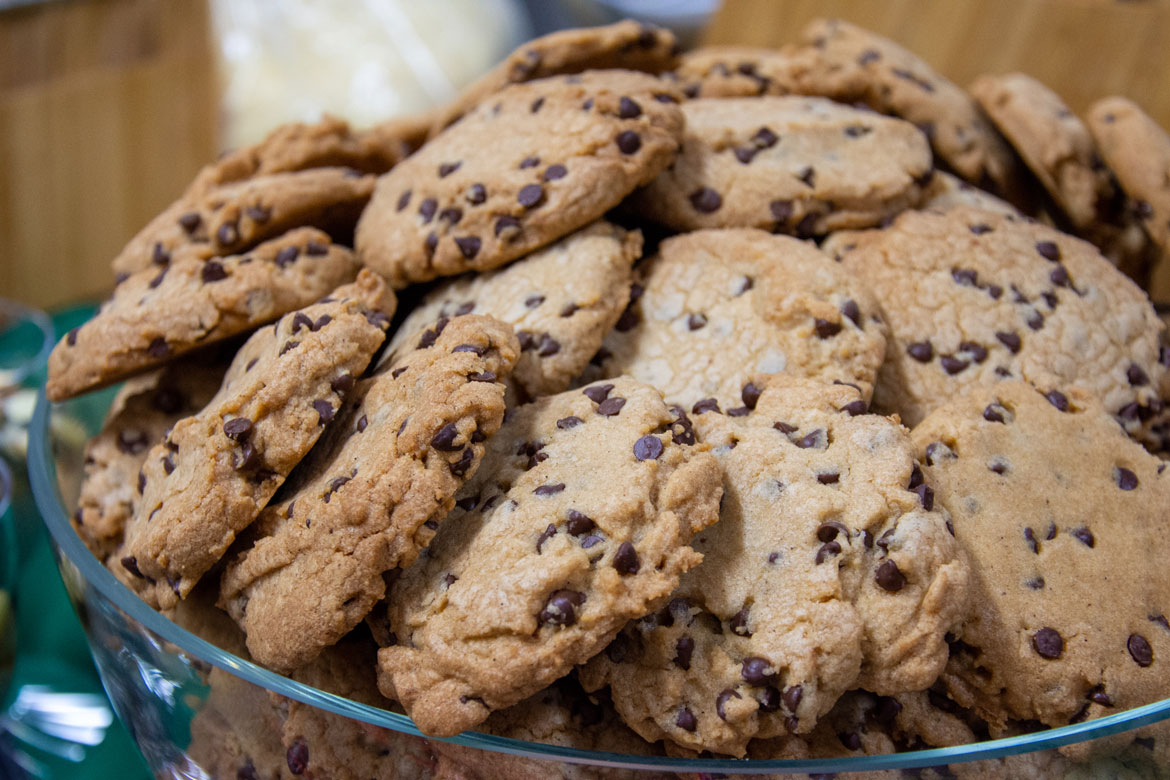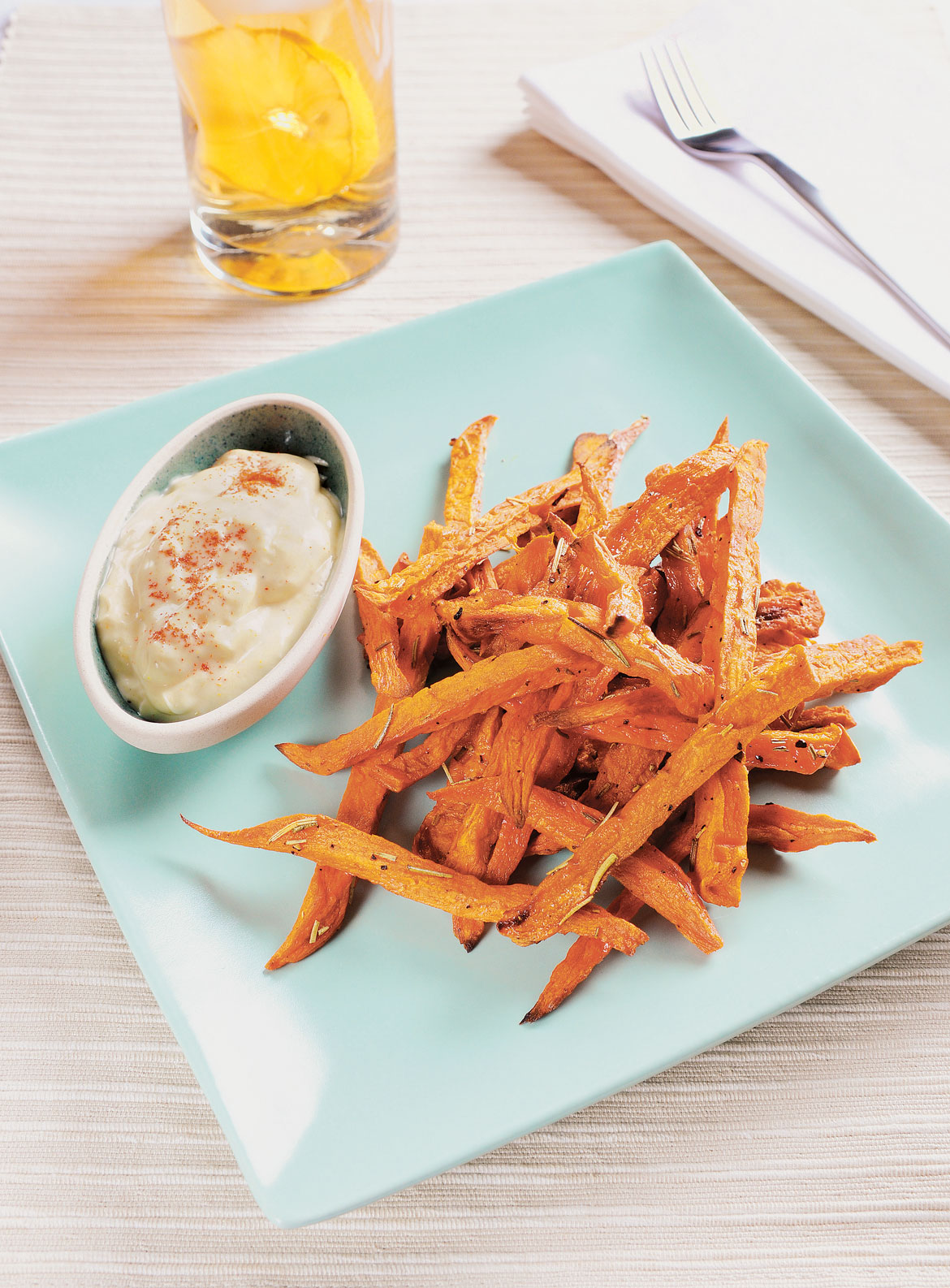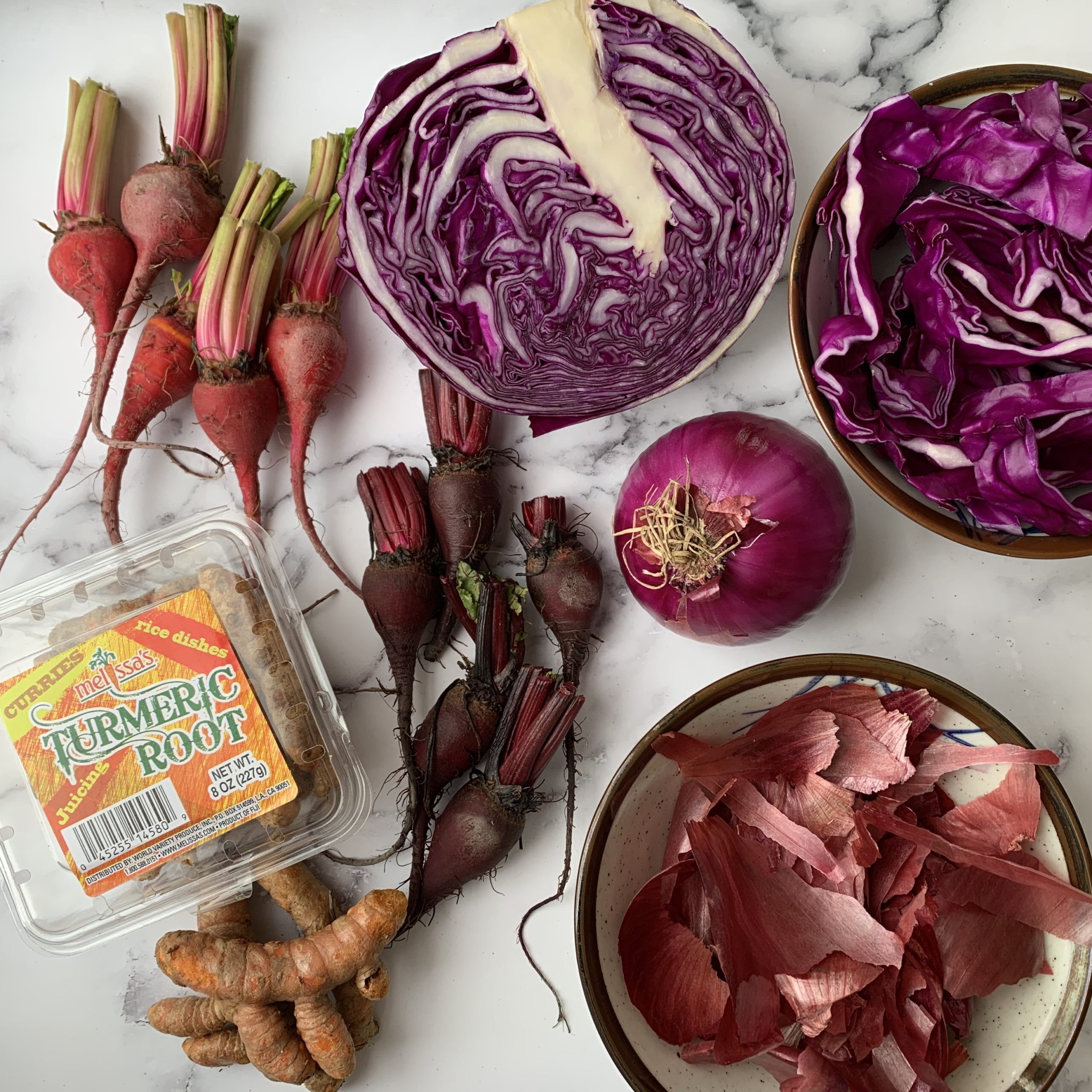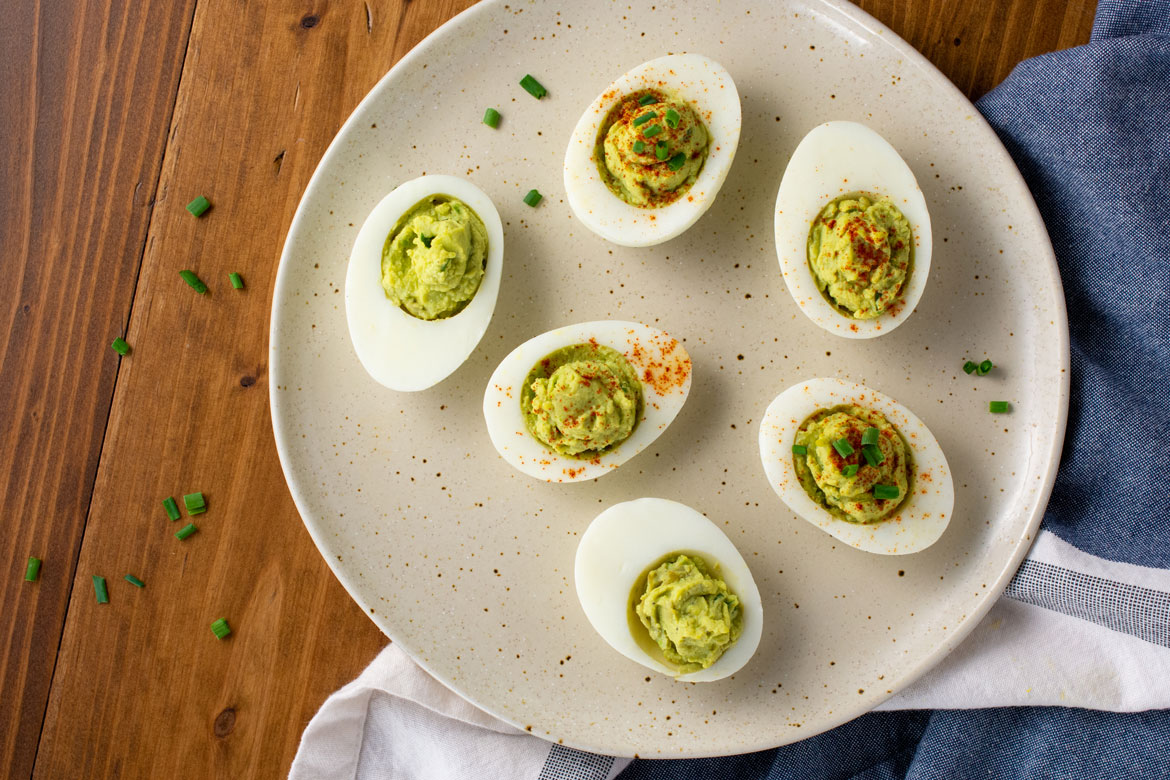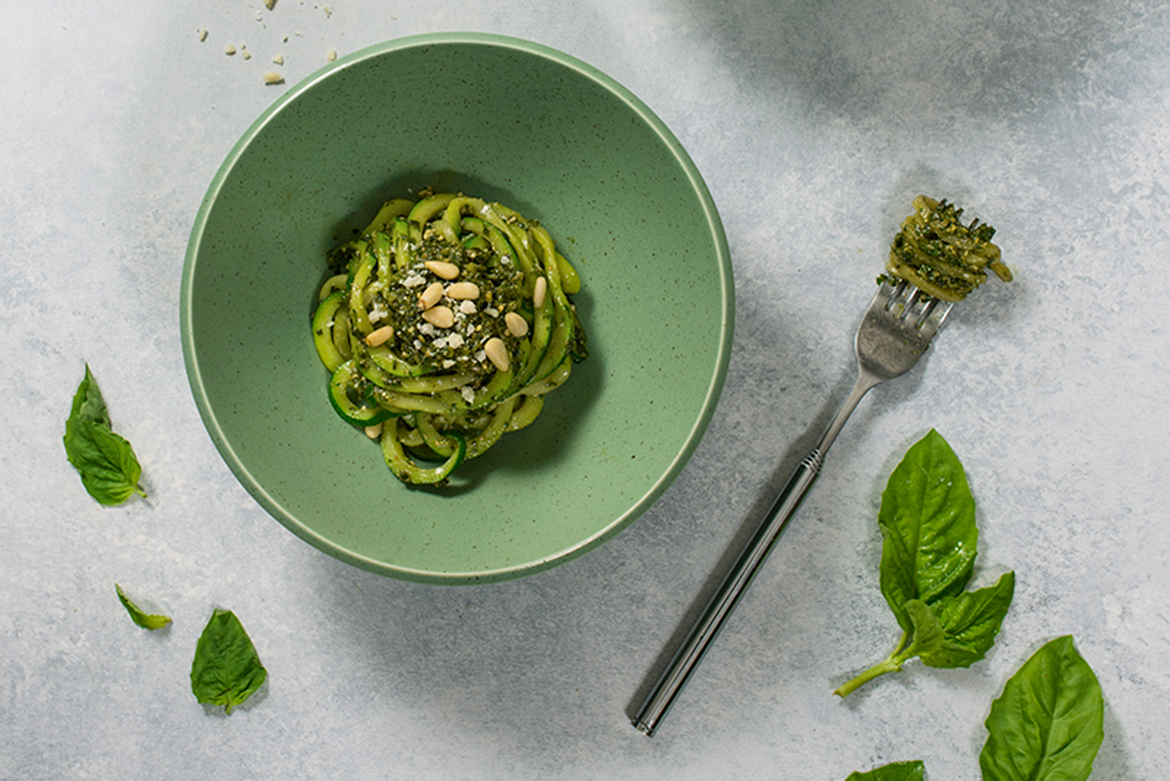Melissa’s hosted Los Angeles-based cooking instructor and cookbook author, Pamela Salzman, on their YouTube channel on Wednesday, May 13, to promote Pamela’s cookbook, “Quicker Than Quick.” This book features 140 crave-worthy recipes for healthy comfort foods in 30 minutes or less.
Throughout the segment, Pamela references Melissa’s while preparing some tasty recipes from her book, a Marrakesh Salad and Wild Salmon California Bowl. The video was pre-recorded, but attendees of our virtual kitchen event were still able to chat in real-time. Featured Melissa’s items from the recipe demos included; Steamed Golden Beets, Watermelon Radish, Avocado, Orange, Edible Flowers, Cooked Quinoa and Shallot.
Throughout the segment, Pamela reiterated how easy it could be to make substitutions in the kitchen. Now more than ever, this was encouraging when it can be challenging to get all of the ingredients you need for recipes. The Marrakesh Salad looked so yummy! In fact, it inspired me to make a salad for dinner using whatever I had in the fridge. I thought about textures and flavors when it came to selecting suitable substitutions.
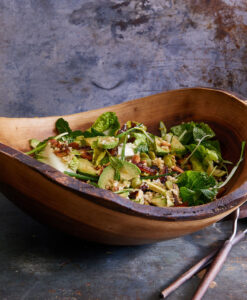
Pamela really is a great example and inspiration for adapting to change. She typically teaches more complicated recipes for her students to really benefit from the instruction, but a few years ago, she taught a class with recipes that were quicker to prepare than usual. After class, Pamela had such great feedback from her students, saying that they wanted more recipes like this. She took note. The result is her new book, “Quicker than Quick.”
After reviewing the cookbook from the safety of my home, I put together some interview questions for Pamela to answer remotely. See below for more insight on the content that you’ll discover in her newest cookbook.
From inventive sheet pan dinners to stovetop skillet meals, all the way to Instant Pot recipes, all have one thing in common; each one uses only one pot, pan or appliance to cook the meal. Is this key to quicker than quick?
Pamela Salzman: A one-pan meal is certainly one strategy for cooking more quickly. These recipes combine your proteins and vegetables for a complete meal with loads of flavor boosts, so you don’t really need to make anything else.
You stay away from exotic, hard-to-find ingredients in this book. What is your intention behind that strategy?
PS: I asked my cooking class students what some of their pet peeves were concerning cookbooks. Time-consuming recipes were number one. Number two was hard-to-find ingredients that tie into number one. No one wants to waste time running around to multiple markets, but more importantly, recipes should be flexible, and I have always been a big proponent of using what you have.
Your book shares techniques and tricks to teach home chefs how to hack their meals without sacrificing quality. How did you discover these tools in the kitchen? Was it by accident, or did you learn through other chefs?
PS: I think I have learned tricks in many different ways; an essential way has been by doing. I teach a particular recipe so many times in classes, and there’s a learning curve each time. Sometimes my students will share their hacks with me. And I used to watch a lot of Food Network!
Your book is such a great resource for so many families. You make this possible by offering easy swaps and substitutions in the publication. What swap/substitution surprised you the most in the kitchen?
PS: Swaps and substitutions are the most common question I get in my classes. I have never used any ingredient without being asked for a swap. Swaps that have been the most interesting have been aquafaba (chickpea liquid) in place of eggs, or raw cashew butter in place of soaking and blending raw cashews for vegan creams. I also love using riced vegetables in place of grains or just to supplement a dish.
Baking is a trendy topic right now. Your dessert section in the book features a watermelon cake, which immediately caught my eye (What!?). After I saw the recipe, it made more sense, and OMG so beautiful! But while I’m thinking about baking with fruit, do you have any go-tips for baking with produce?
PS: Keep it seasonal! The flavor of the fruit must come through and not be overwhelmed by the taste of sugar … so I am not going to make that watermelon cake in the winter. I like enhancing fruits very simply with either a fruit liquor to give a little flavor boost or a few spices. Certain fruits hold up better in cakes and quick breads without making the baked good soggy. I love using blueberries and apples the most. I have had a lot of success with using some vegetables in baking to add moisture, and you don’t even see them, like zucchini, carrots and sweet potatoes.
Your grilled mixed berry packets is such a great idea for summer, and I love that you mentioned camping in regards to this recipe, BTW. What other fruit do you love to grill?
PS: I love grilling stone fruits like peaches, as well as pineapple.
The sheer volume of recipes in this collection is super impressive. Can you talk to us about your recipe testing process? How long did it take, and who was involved?
PS: Almost all these recipes are cooking class recipes, meaning I taught them as part of my monthly cooking classes. I have one new menu every month, which I teach four times a week for four weeks, which means these recipes have been taught a minimum of 16 times, and then my students have made them and gave me feedback. Some of these recipes were put in the vault 😉 before I was offered my book deal in the Spring of 2018. I was given a year to write the book and photograph the recipes, and then the publisher takes a year to edit (with me) and print.
What are your go-to tools to have in the kitchen when it comes to produce?
PS: A really sharp knife makes all the difference! I also love my food processor for quick shredding and slicing. If I’m feeling brave, I’ll bust out my mandolin. But we have a love-hate relationship.
Your book gave me a new appreciation for riced vegetables. Can you share with our readers some of the different recipes you could incorporate them into? I mean, riced veggies in oatmeal?! You have my attention.
PS: I think everyone knows about riced cauliflower, which I cook with regular white rice, and add to soups, smoothies and fried rice. But there are other vegetables that you can “rice,” meaning process to the size of a grain of rice. I use riced raw sweet potato in the most amazing chipotle sweet potato patties. I bulk up oatmeal with riced zucchini (zucchini bread oatmeal), carrots (carrot cake oatmeal), and cauliflower (you can’t see it or taste it). And I do a really fast confetti vegetable sauté with lots of riced vegetables.
For more information on Pamela Salman, check out her website here: https://pamelasalzman.com/
See below to grab her Wild Salmon California Bowl that she demoed on Melissa’s YouTube channel.
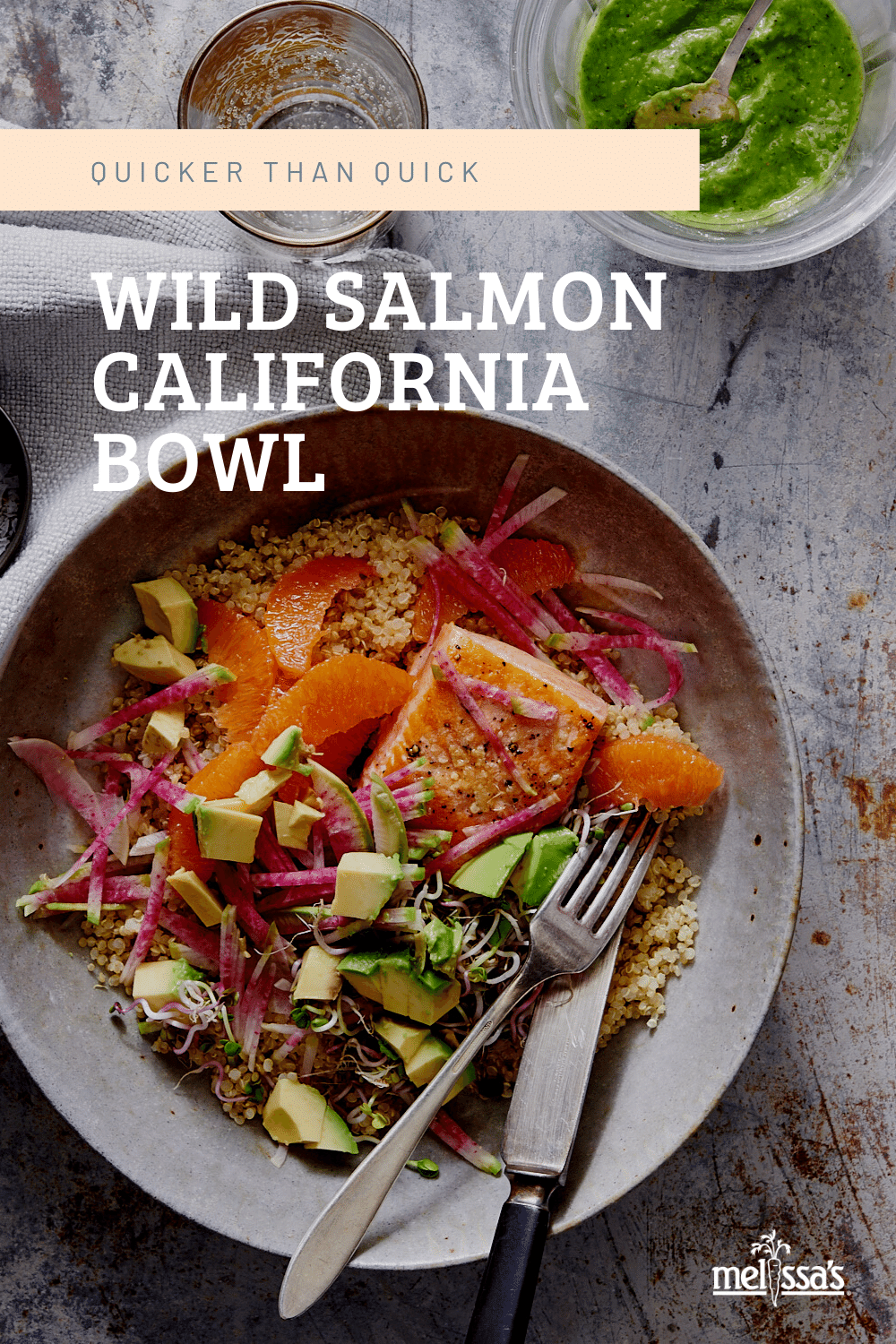
WILD SALMON CALIFORNIA BOWLS
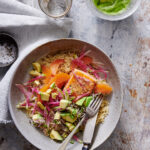
- 1 ½ cups Melissa's Cooked Quinoa
- 2 large firm but ripe avocados (pitted and peeled: ½ avocado reserved for dressing, 1 1/12 avocados sliced or cubed )
- 1 ½ tablespoons chopped shallot ((about 1 small shallot) )
- ½ cup fresh cilantro leaves and tender stems (or mint leaves)
- 3 tablespoons unseasoned rice vinegar or freshly squeezed lemon juice
- ½ teaspoon sea salt (plus more for seasoning salmon)
- Freshly ground black pepper
- 1 pound wild skin-on salmon (cut into 4 equal-size fillets)
- 1 tablespoon unrefined, cold-pressed, extra-virgin olive oil, avocado oil or ghee
- 1 (4-ounce) container sprouts (such as radish or broccoli (use whatever you can find))
- 2 small watermelon radishes (trimmed, halved and julienned)
- 2 oranges (navel or Cara Cara are both great) (peeled and chopped)
-
Prepare the dressing: In a food processor or blender, combine the pitted and skinned avocado half, shallot, cilantro, vinegar, salt, pepper to taste, and 3 Tablespoons of water. Blend until smooth and creamy. If the dressing is too thick, add a little water, a teaspoon at a time. This makes about ¾ cup of dressing.
-
Season the salmon with a sprinkle of salt and pepper on the fleshy side. In a sauté pan over medium-high heat, heat the oil. Add the salmon, skin side up. Cook for 2 minutes. Flip the salmon over and cook for another 2 to 3 minutes, or until medium rare in the center. Cook longer, if desired.
-
Break up the quinoa into individual bowls and top each with one piece of salmon plus sprouts, watermelon radish, avocado, and orange chunks. Drizzle with avocado dressing.
Tips: Use canned wild salmon, drained, in place of the fresh salmon.

